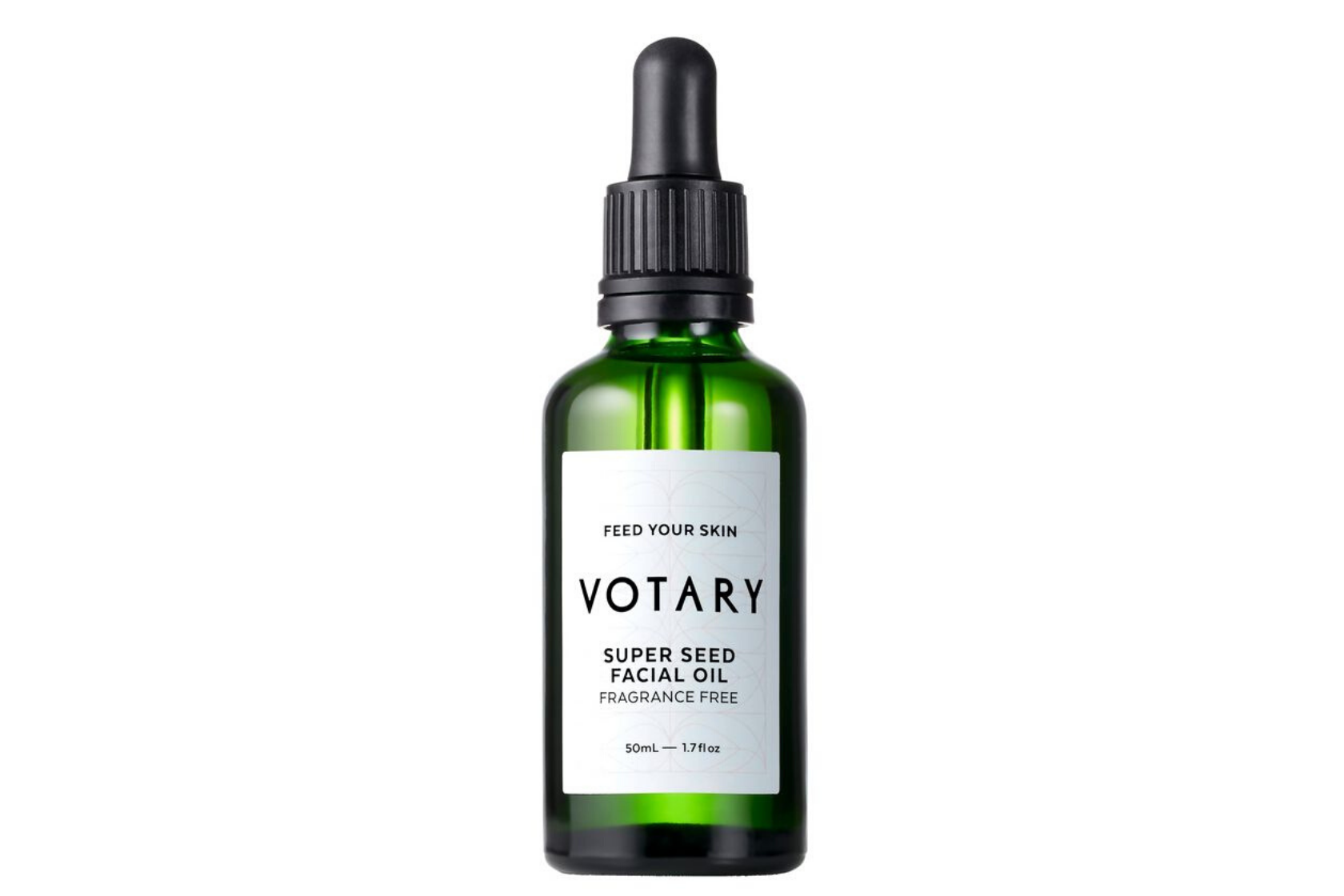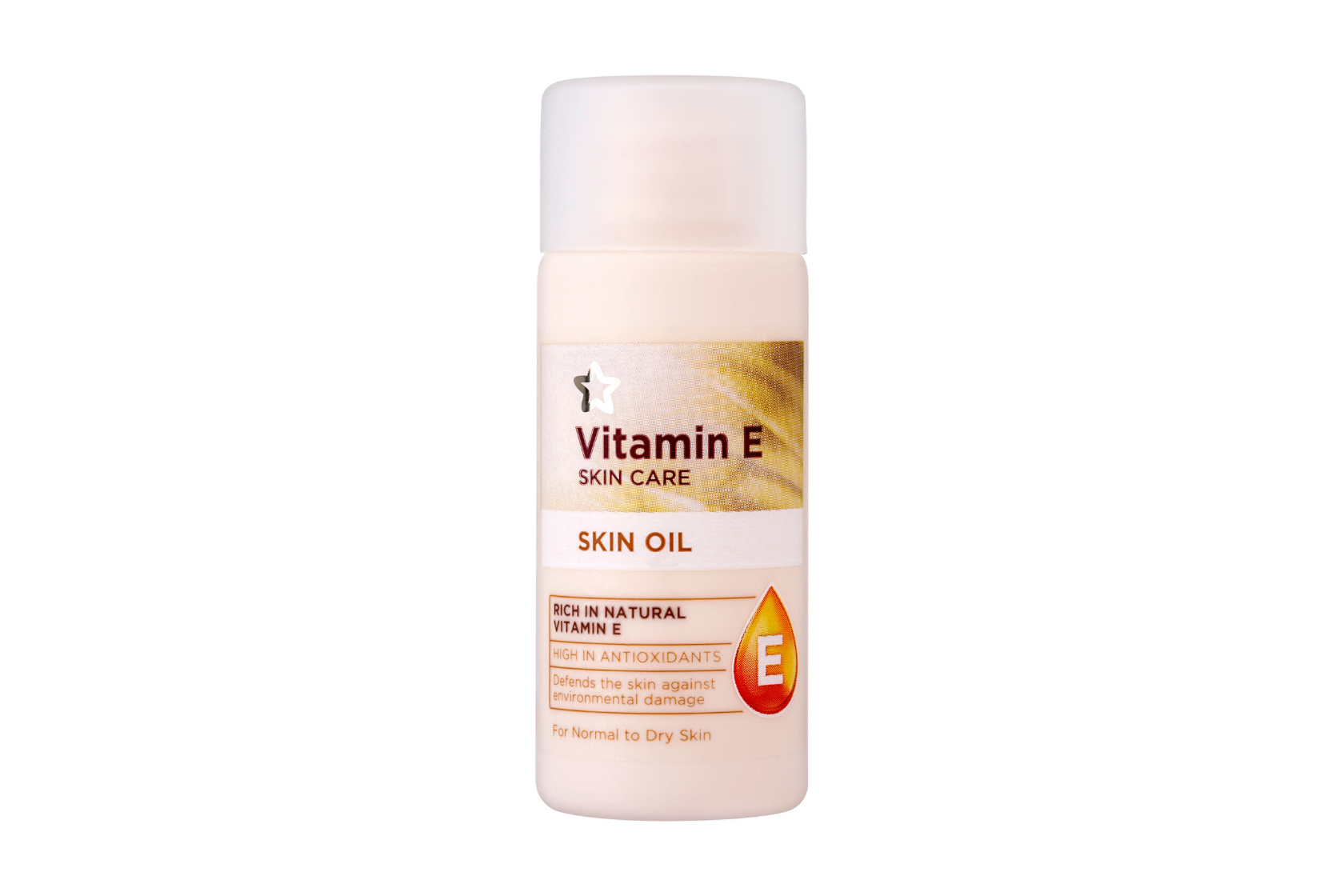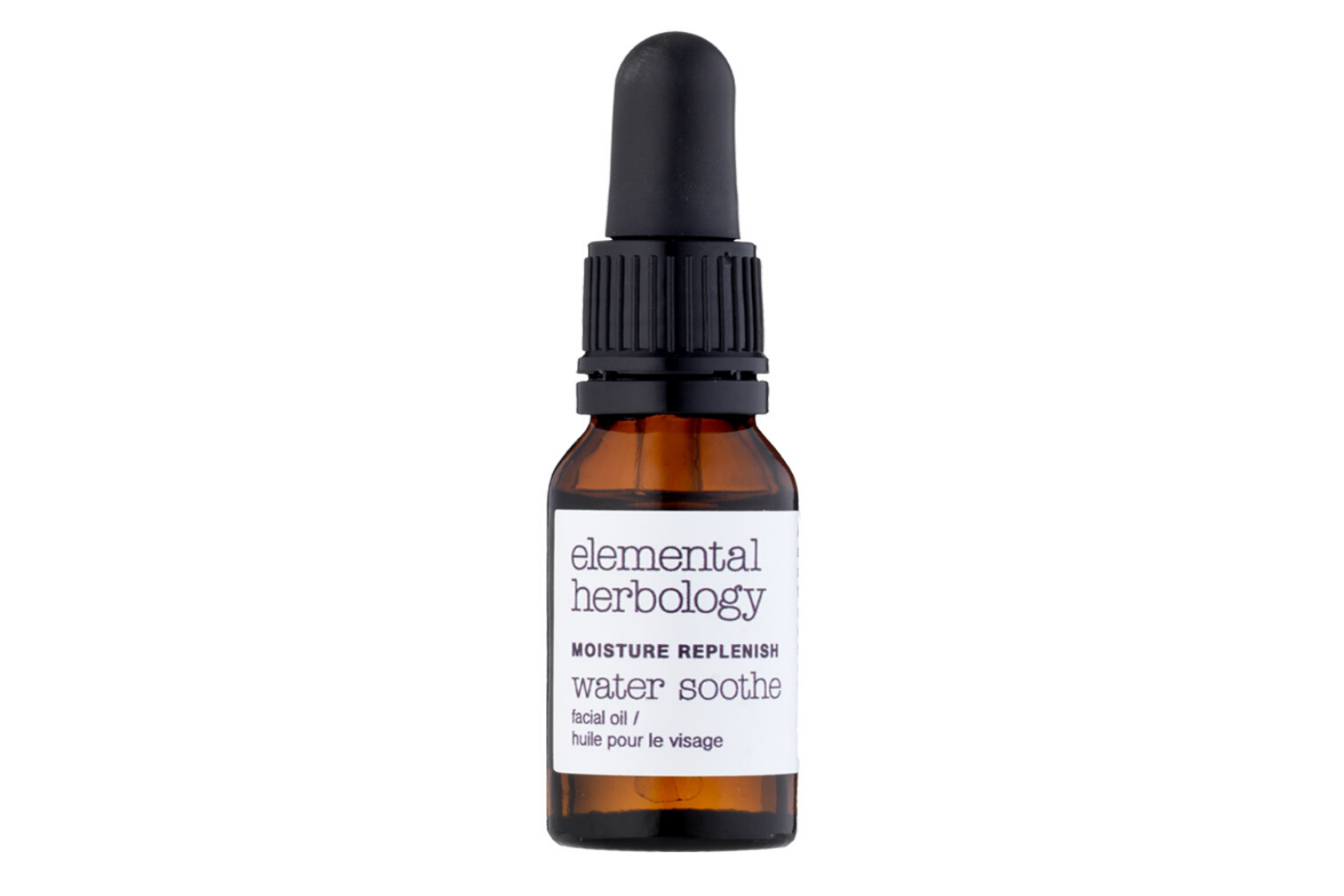Everything you could ever want to know about face oils
Written by Shannon Peter
Are face oils good for skin? Well, it’s a rather complicated matter. Let Stylist break skincare’s most confusing product category down for you…
The skincare industry is full of mixed messages. For every skin expert willing to hype up an ingredient, there’s another armed with studies that disprove their theory. One day we’re told hyaluronic acid is THE Holy Grail for skin hydration (I mean, arguably, it still is) but the next, someone’s extracted some weird substance from a very niche vegetable and all of a sudden there’s a new skin hero in town.
So is it at all surprising that Stylist readers still tell us that they find the world of skincare absolutely mind-boggling? Not at all.
While it’s our job to clear up confusion, the main thing to note is that skin is as unique as your Tossed salad order. Even more so, in fact. What might work for someone else could have the complete opposite effect on your skin. Not very helpful, but it is all about getting to know your own skin and the ingredients and products it responds to.
Face oils are perhaps the most ‘Marmite’ skincare product out there. Some dermatologists swear by them, while others just aren’t so sure. The Stylist beauty team is just as divided: both senior beauty writer Hanna and myself love to use an oil for a bit of facial massage, while beauty assistant Kiran isn’t a fan as she finds it exacerbates her acne-prone skin and beauty editor Lucy just straight up dislikes them.
But one woman’s skin trash is most certainly another’s skin treasure. So if you are tempted by oils — or are already a convert looking for more intel — here’s ten things you should know about facial oils.
1. Your skin already makes its own oil
Touch your forehead (with clean hands, of course). That oily substance you probably feel? That’s sebum, one of the oils the skin makes naturally. It also contains lipids, which are fats and oils that make up the skin. ‘Normal’ skin has a balanced production of oils, whereas dry skin is lacking in oil. Oily skin, on the other hand, makes more oil than the skin actually needs.
So what exactly does a face oil do? Quite simply, the role of a facial oil is to add oil to skin that otherwise lacks it, which is why they are best for those with dry skin. More on that later. However, many oils, from essential oils to seed oils, are purported to have additional benefits, from the anti-inflammatory to the anti-bacterial.
2. Face oils aren’t as deeply hydrating as you might hope
“Facial oils can plump your outer stratum corneum but remember, this layer is made up of dead cells,” explains clinical aesthetician and co-founder of Mortar & Milk, Pamela Marshall. “They cannot, however, penetrate deeply to add hydration. The molecular weight of oils is too big.”
Dr Ewoma Ukeleghe, aka SknDoctor agrees: “They are best in combination with other moisturising products, for instance use a hyaluronic acid serum, or light moisturiser (which is an emollient) and then finish with an oil. They help to seal in moisture, as they are occlusives.” So while the oil itself might not deeply hydrate, they can ensure hydrating ingredients stay put for long enough to their job.
Given I have skin that often verges on dry, I love to lock in my moisturising skincare with a couple of drops of Votary’s Super Seed Facial Oil, £70, before bed.
3. Face oils should always be applied last
It makes sense then, that oils are best applied as the final step in your night-time skincare routine.
“Water-based skincare products [think: serums and essences] should always be applied first, after cleansing. This is because oils help to bind water to the surface of the skin, locking in any moisture provided by water-based products,” explains Dr Tinna Meder, dermatologist and founder of Meder Beauty Science.
Think of oils like a big fluffy duvet. “They help to seal in moisture, as they are occlusives,” adds Dr Ukeleghe, so by using them last, you’re locking in the rest of your skincare routine where it can work its magic.
4. Face oils might mess with your SPF
Thinking about using an oil in your morning routine? Heed aesthetic doctor, Dr Barbara Kubicka’s warning: “It’s difficult to apply SPF on an oily surface, so it’s recommended to use them at night or wait at least 5-10 min before covering skin with sunblock.” And don’t forget, SPF is always a non-negotiable.
5. Face oils are best for dry, rough skin
“You need to search for the correct ingredients,” explains Dr Meder. “For skin that is dry, rough, and dull looking, you are best using a combination of oils that not only contain fatty acids, but are rich in antioxidants, vitamin E, and other vitamins, including Vitamin B3 (niacin).” Her recommendations? Look out for evening primrose, borago, meadowfoam, sesame and apricot oil.
Dr Ukeleghe likes jojoba oil, “as its composition is similar to human sebum. For very dry skin, you can also check out CBD oil as there is upcoming research to suggest its anti-inflammatory properties when applied topically.”
Try: Herbivore Emerald Deep Moisture Glow, £42.
6. But they also have a tendency to clog pores
Can face oils clog pores? Unfortunately, the answer is yes. “Oils on the skin can promote the formation of blackheads, leading to spots,” explains dermatologist, Dr Anjali Mahto.
“Coconut oil, for example, is highly comedogenic so I’d avoid it if you’re prone to breakouts and blackheads,” she adds.
7. Think oils are good for oily skin? That’s a myth
You’ll have no doubt heard someone claim that applying oils to oily skin can regulate sebum production, but according to Dr Mahto, that isn’t quite the case. “The theory is that ‘like dissolves like’ and, therefore, oil will dissolve oil is the biggest misconception around oils,” she explains. “I have seen little evidence to back up that claim.”
Dr Ukeleghe concurs, “Skin that struggles with excess sebum regulation (oily, acne-prone skin) doesn’t need EXTRA oil. It will only make problems worse.”
Dr Mahto’s advice is to look at oily skin for what it is, a skin type, and rather than focussing on ‘treating’ it, simply follow the correct skincare regime for that skin type — i.e find the ingredients that will cleanse and protect your skin. Our guide to oily skin might help.
Dr Ukeheghe recommends, “ingredients like niacinamide or retinol regulate sebum and light-medium moisturisers.” Dr Mahto uses, “a mixture of alpha and beta hydroxy acids as well as retinoid.”
8. Some oils can be irritating to sensitive skin
Given that they are natural substances, it’s a common misconception that essential oils will be soothing for sensitive skin. In fact, it can be quite the opposite, as essential oils can be pretty potent and powerful. Tea tree oil, for instance, is often used for clearing up acne, but can be quite irritating for sensitive skin.
The best approach for those with reactive skin? Perform a patch test on the inner arm before trying any facial oil out on the face.
9. Some ingredients are better found in face oils
Turns out, for the most potent shot of certain ingredients, oils are the best place to find them. “Some vitamins like [antioxidant] vitamin E are dissolvable only in oils,” explains aesthetic doctor, Dr Barbara Kubicka. “They can be used in creams, which are a mixture of water and oils, however the achievable concentration of this ingredient is much higher in oils.” Try: Superdrug Vitamin E Skin Oil, £3.99.
10. Face oils are brilliant for facial massage
Given their silky texture, facial oils provide just the right amount of slip needed for a facial massage. In fact, you should never use a gua sha tool or jade roller without one, as a layer of oil will ensure the tool isn’t too rough on skin. But much like a back massage, the oil also allows hands to move much more smoothly over the complexion. Head here if you’d like advice on the perfect facial massage technique.
If you find facial oils are too heavy for your skin, but still want to massage the face, then simply tissue the excess oil off afterwards, or use a gentle cleanser to completely wash it off.
With rosehip oil and chamomile, Elemental Herbology’s Water Soothe Facial Oil, £30 is the perfect oil for facial massage.
If you’re an avid Stylist fan, you’ll know it’s not always possible to find an issue of our magazine. Often they’re gone before you head into work (they disappear fast!), or you live in a part of the UK where you can’t get your hands on a copy. Add to this the fact that millions of us are not commuting right now, and we wanted to ensure you don’t miss out on the magazine any longer.
Which is why we’re delighted to let you know that Stylist magazine is now available in a digital format, both for Apple and Android users, allowing you to download the full magazine directly to your smartphone or tablet, wherever you may be.
Pricing for our digital magazine starts at just 99p for a single issue, or £21.99 for a full year’s subscription –that’s less than 50p a week!Simply click on the link to activate your Stylist app download from either the Apple store or Google Play and enjoy!
Images: courtesy of brands.
Source: Read Full Article



